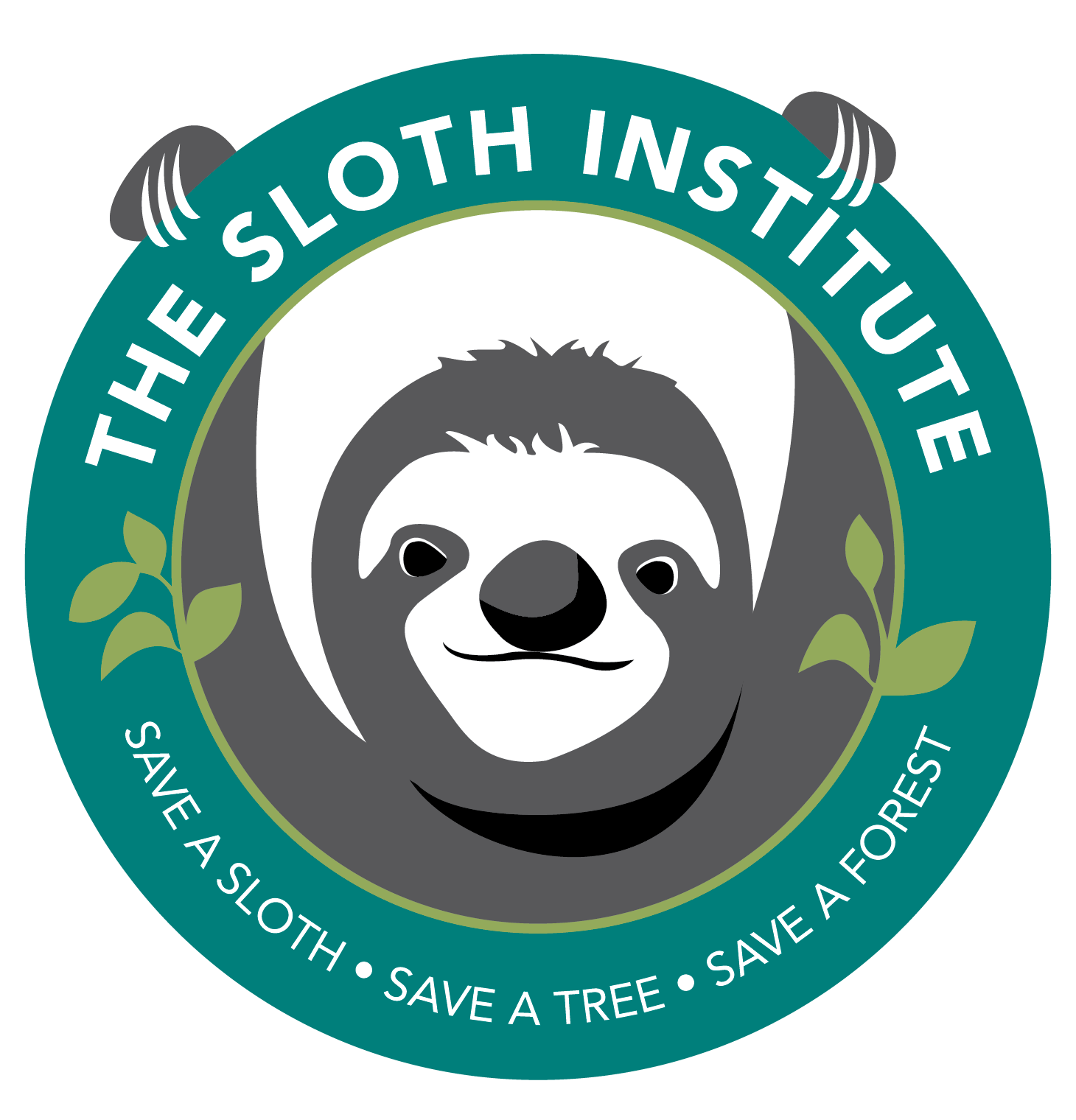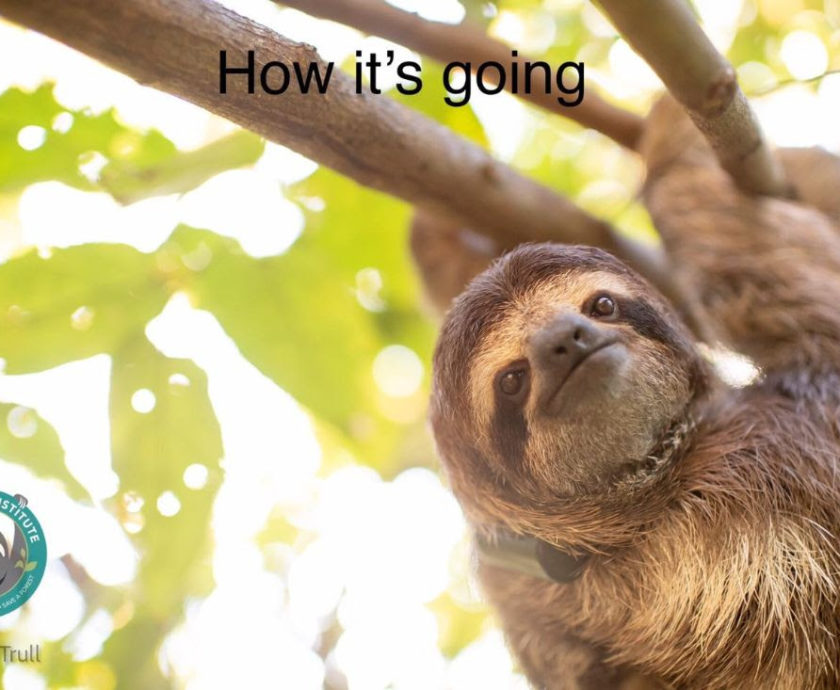My Life as a Sloth Institute Volunteer
by Sarah King, TSI Volunteer
I graduated with a zoology degree in 2015 and was thankfully accepted to become a volunteer research technician with The Sloth Institute (TSI). I went into the job without any prior knowledge about sloths, but now I have completely fallen in love with them!
Throughout my time with TSI there have been many highs and lows. This unfortunately just comes hand in hand when working with animals. One of my most recent highs was when we successfully reunited a baby three-fingered sloth back with its mother. A guide where we are stationed, contacted us about a baby sloth, so we rushed over to help. After making sure the baby was in no immediate danger, we waited to see if the mother would return. The baby started to cry for its mother. After some time the mother appeared high up in the canopy, and started to move towards her baby. She climbed down the tree until she finally reached her baby and they were reunited.
Moments like these are the main reasons why I am still out here in Costa Rica!
My work for TSI is predominately done at night observing our collared sloths from 6pm to 6am. We keep track of our sloths using tracking collars that emit a radio frequency, the strength of which allows us to home in on their position. This involves walking through the jungle rain or shine.
If you have been following TSI you are probably familiar with our superstar two-fingered sloths Ellen and Kermie who came to us from Kids Saving the Rainforest. They have successfully gone through the soft release program. It is a privilege to observe them both at night and watch their amazing progression back into the jungle.
In addition to collecting data on our collared hand-raised sloths, we also collect observational data on wild sloths. By collaring the wild sloths, we are able to conduct comparison studies to monitor the progress of our hand-raised sloths.
With well over 2,000 clocked hours of behavioral observations, it can be hard to keep it all in order. I have the privilege of trying to organize all the data collected to allow for analysis. So far, the data collected was analyzed through simple statistical techniques to produce activity budgets of the sloths behavior. By comparing the activity budgets of wild sloths with budgets of hand raised sloths, we are able to see each hand raised sloths progression. We also use it within the scientific community to show the successes of our program.
Sloths are a very under-studied animal despite their high social media profile. We are trying to change this stereotype with our research at The Sloth Institute to get these animals away from their ‘cute’ and ‘cuddly’ label. We strive to give them the scientific respect they deserve in this amazing Costa Rican ecosystem.
The Sloth Institute has collected many hours of research, and gaining more daily. Soon we will have an extensive amount of data to analyze statistically and gain significant scientific conclusions. We really hope that by conducting our research, we ensure these beautiful understudied animals’ future in Costa Rica.










